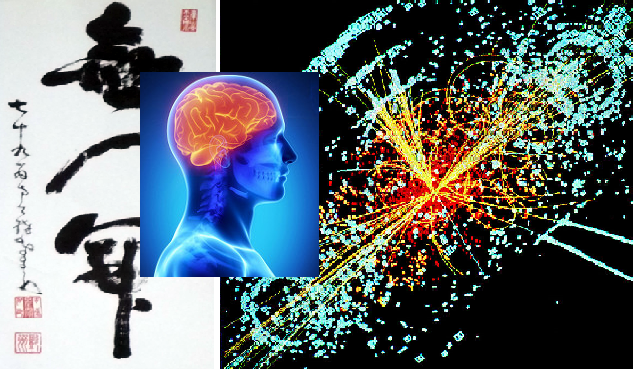Despite advances in molecular genetics, too many biologists think that natural selection is driven by random mutations.
https://aeon.co/essays/why-did-darwins-20th-century-followers-get-evolution-so-wrong?fbclid=IwAR0bsh7GT-ZrLWbVlIhoX8juSTAPy63IJnF4Zc-RTeCPwDkycGJIVrXHuJ8
What we know is finite, what we don’t will always be infinite.
Me, just now.
I never liked the idea of “junk DNA.” It always seemed lazy at best, and just arrogant to assert that since it didn’t code protein, it had no function at all. So this was an interesting article.
(TLDR: Natural selection of mutations caused by errors in DNA replication may create the Lego bricks of life, but most of evolution comes from building new things with existing bricks, all of a sudden, not by slowly changing the bricks themselves, little by little, until you get something you can call an new species.)
The article talks about “Transportation controlling Elements” – TEs – which do things like insert themselves into broken chromosomes to fix them, or, if I understood correctly, alter the expression of a protein encoding gene in response to environmental conditions to alter details of the resulting protein.
It turns out that “The human genome, for example, contains more than 30 times as much TE DNA as it does protein-coding DNA.” So take that together with “genome content of non-protein-coding DNA relates better to organismal complexity (defined by number of different cell types) than protein-coding DNA” and you get an viewpoint on non-coding “junk DNA” and the resulting non-coding RNA (ncRNA,) which turns out to meditate all kinds of processes inside the cell, that I’m much more comfortable with: “It is possible that ncRNAs even represent a higher level of biological control than proteins.”
The most important evolutionary changes seem to be about horizontal transfer of existing genes. The most significant post genesis one was probably the first time an archaeon swallowed a mitochondria and made it feel at home, eventually figuring out the nucleus. That might have been an accident, but it sure wasn’t the classic Darwinian paradigm; natural selection of random mutations. Then there’s all the weird gene transfer things bacteria do; the way hybrids can end up becoming new species so very quickly (thanks, apparently, to TEs gluing the different DNA together in novel ways;) and the whole commensual thing with critters like lichen and our own gut microbiome.
There is nothing incremental or gradual about any of those things. To the contrary, it seems that life has an extremely complicated set of tools to tinker with its own DNA when conditions call for it. Like when one species on such decline that the only possible mates are from a closely related species, the cell might decide to just copy everything from both parents, instead of half from each as usual (Whole Genome Duplication or WGD.) Meanwhile, TEs can to try to stitch the parent two together into a mix and match new genome that might give the hybrid a new superpower. Extra copies of everything are made during WGD so the experiments don’t screw up the only copy.
It might be fair to say that random mutations are the most fundamental process driving evolution, but claiming that understanding how that works is all you need to know to understand evolution in general is like saying that knowing all the different kinds of paint that there are is all you need to know to understand Guernica, or The Mona Lisa.
